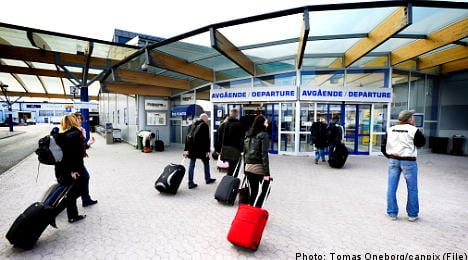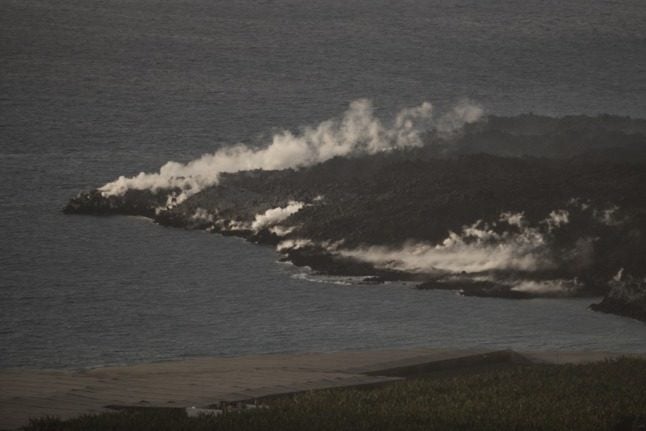Airlines operating out of Skavsta have however decided that all Tuesday flights will remain cancelled as destination airports stay closed.
The authority will issue an updated directive on Tuesday afternoon.
The Swedish Transport Agency (Transportstyrelsen) has called all Swedish airlines to a telephone meeting on Tuesday afternoon to discuss Monday’s EU decision to divide European airspace into three zones.
EU transport ministers decided on Monday to ease flight restrictions over the continent on Tuesday and announced an initiative to harmonize action among EU member states, with the Transport Agency responsible for communication with Swedish actors.
“The conference concluded that, while the initial reaction by the States was prudent and reduced risk to an absolute minimum, it was now time to move towards a harmonized European approach,” the European Organisation for the Safety of Air Navigation, Eurocontrol, said in a statement after the conference.
Eurocontrol expressed hopes that air traffic would return to normal by Thursday.
According to Swedish infrastructure minister, Åsa Torstensson, the decision to divide up airspace into three zones – an area with a total ban, a second with traces of ash where limited flights are permitted, and a third without restrictions – will enable more precision regarding flight restrictions.
“All forecasts and analysis shall be updated every six hours,” Torstensson said to news agency TT, underlining that flight safety takes precedence over all other factors.
In its latest update, timed at 10.45am on Tuesday, the Civil Aviation Authority move the line of demarcation for the closure of Swedish airspace to a line between Norrköping and Strömstad, allowing Stockholm Skavsta to open.
Airspace north of the line will remain open, while planes flying at high altitude will be permitted to cross the line.
While there have been reports in some European media that the Eyjafjöll volcano is starting to emit less ash and pump out lava instead, the Swedish meteorological office, SMHI, confirmed on Tuesday morning that no dramatic changes in the ash cloud are forecast.
“The are no significant changes from the previously maps,” said Linda Eriksson at SMHI.
As European air restrictions are gradually eased it is expected that 8,000-9,000 flights will pass through European airspace on Tuesday, in comparison to a normal 28,000.



 Please whitelist us to continue reading.
Please whitelist us to continue reading.
Member comments